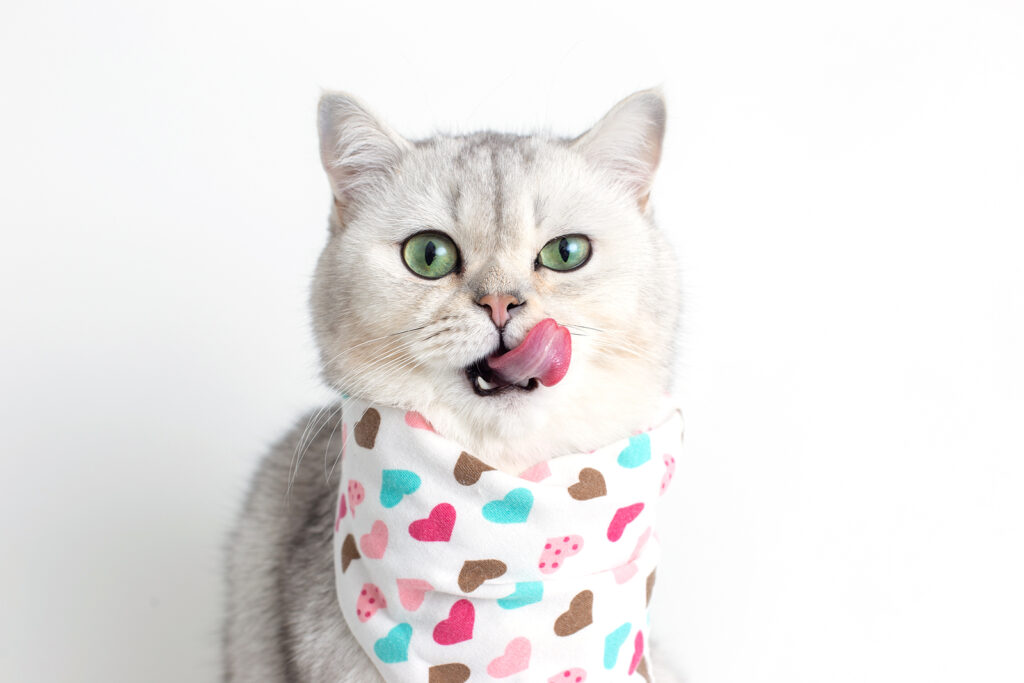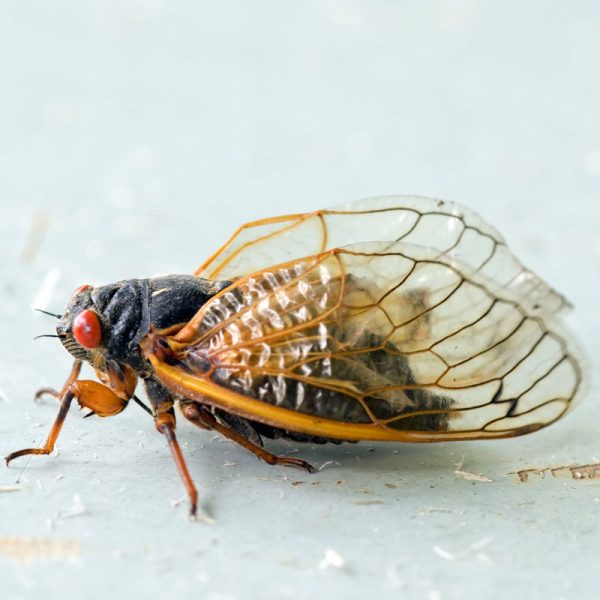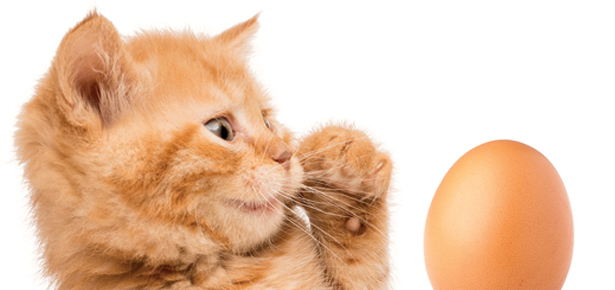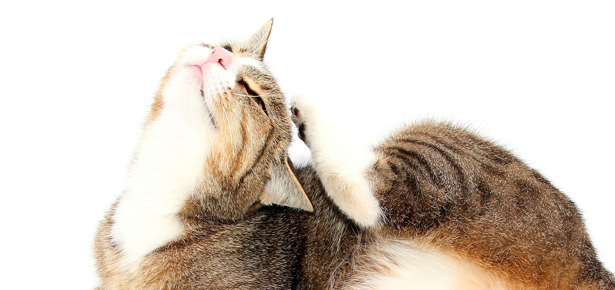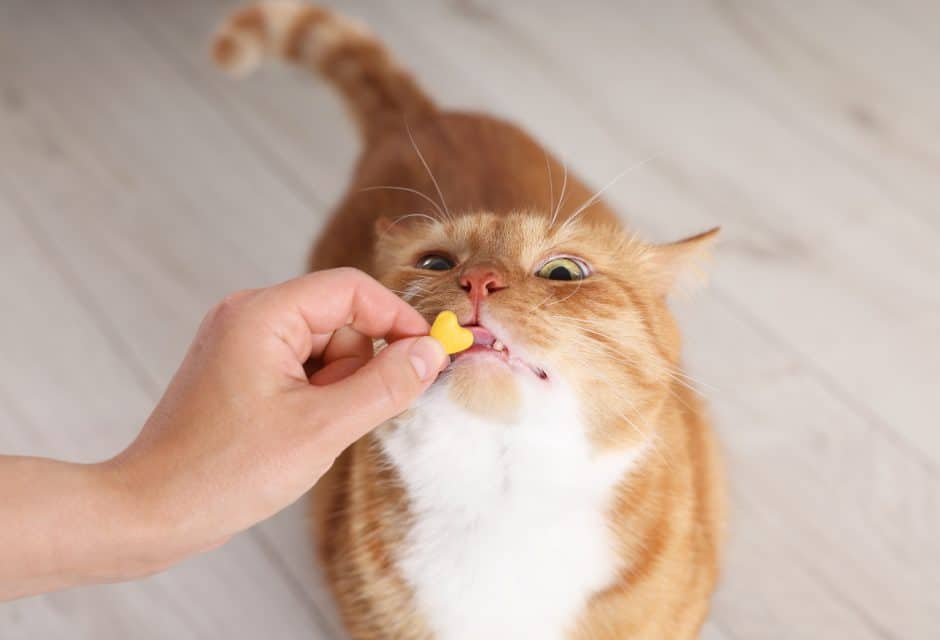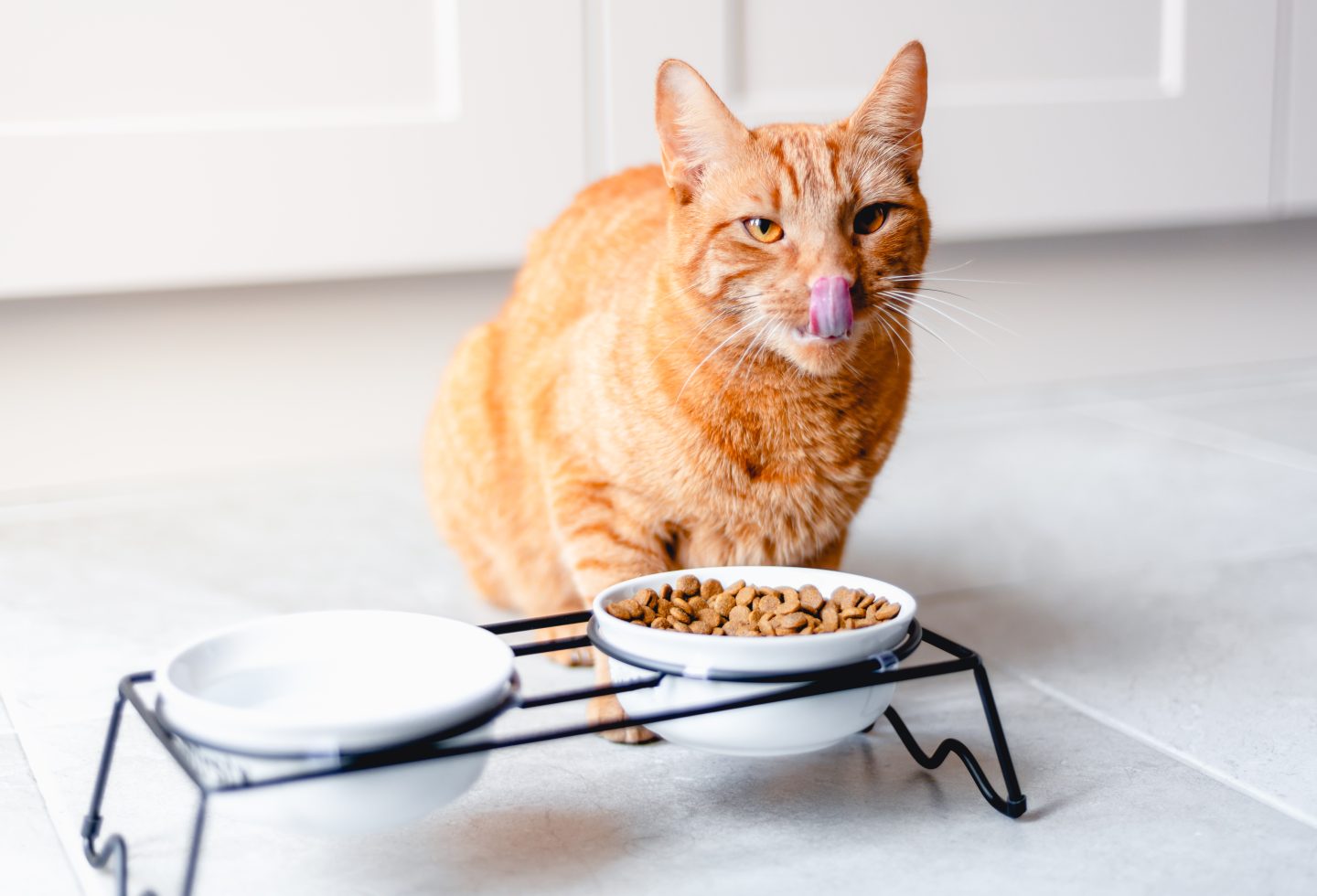
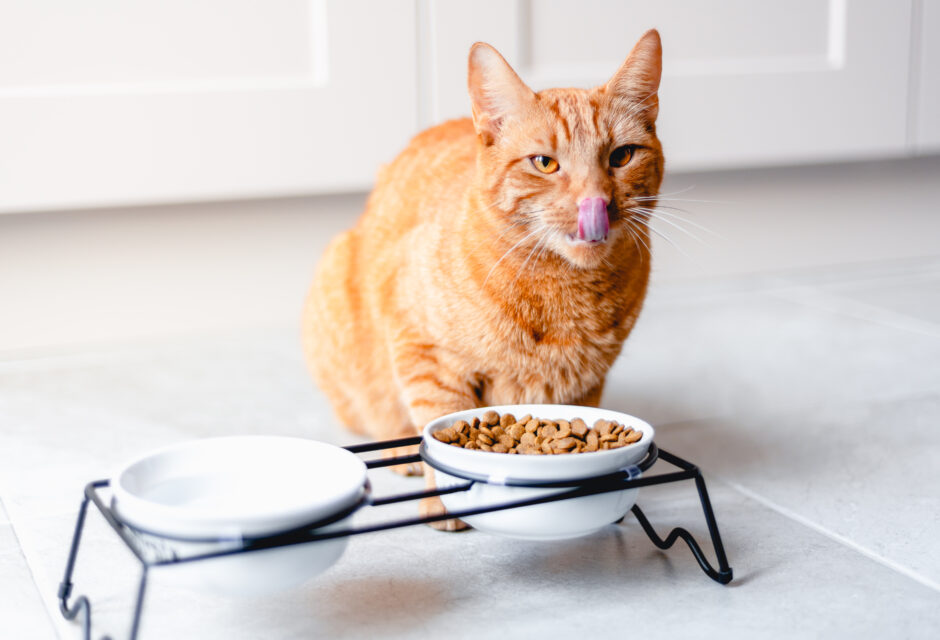
Hyperthyroidism in Cats. What You Need to Know!
Are you worried that your cat might be hyperthyroid? Expert veterinarian Dr. Liz Bales shares what to look out for in hyperthyroidism in cats.
What is the Thyroid and What Does It Do?
The thyroid is a gland that produces hormones triiodothyronine (T3) and thyroxine (T4). These hormones have a huge impact on your cat’s overall health and metabolism. The thyroid gland is a butterfly-shaped organ that is located in the front of your cat’s neck, on either side of the trachea.
What is Hyperthyroid?
Hyperthyroidism is a disorder where the thyroid gland functions improperly and produces too much T4 hormone. Hyperthyroidism is the most common endocrine disorder of cats. The most common form of hyperthyroidism in cats is non-cancerous. Only 1-2% of hyperthyroidism in cats is the cancerous thyroid carcinoma.
What Causes Cats to Become Hyperthyroid?
The cause of hyperthyroidism is not known. There are theories that the chemicals in flame retardants commonly found on furniture and that the amount of iodine in a cat’s diet may contribute to the disease.
What Cats Are At Risk
More than 10% of all cats will develop hyperthyroidism in their lifetime. Hyperthyroidism is a disease of older cats and develops in cats nine years old and older. The average age of a cat to be diagnosed with this disease is thirteen years old. Cats eating more than half of their diet from canned food may be at a slightly increased risk.
What Are The Symptoms of Hyperthyroidism?
Many cats show no signs of disease. This is why veterinarians recommend that cats over nine see the veterinarian twice a year for bloodwork. The symptoms of hyperthyroidism typically include ravenous appetite, weight loss, diarrhea, hyperactivity, drinking a lot of water, excessive urination, and weakness. Some cats will be lethargic too.
On physical exam, your veterinarian may find a growth on your cat’s thyroid, muscle atrophy, increased nail growth and/or a poor hair coat. It is common for veterinarians to find rapid heart rates and arrhythmias in hyperthyroid cats.
Medical findings associated with hyperthyroidism:
- Heart disease – hypertension, congestive heart failure, blood clots to the lungs, limbs or brain
- Lung disease – rapid breathing, coughing, panting, difficulty breathing
- Kidney disease – renal failure
Left untreated, hyperthyroidism can be fatal.
How Will My Veterinarian Diagnose Hyperthyroidism In My Cat?
The diagnosis of hyperthyroidism is usually straightforward with a simple blood test. 90% of hyperthyroid cats will have a serum total T4 concentration that is clearly high. Veterinarians will typically check all of the basic blood parameters and your cat’s blood pressure. With this information, your veterinarian can diagnose hyperthyroidism and related problems.
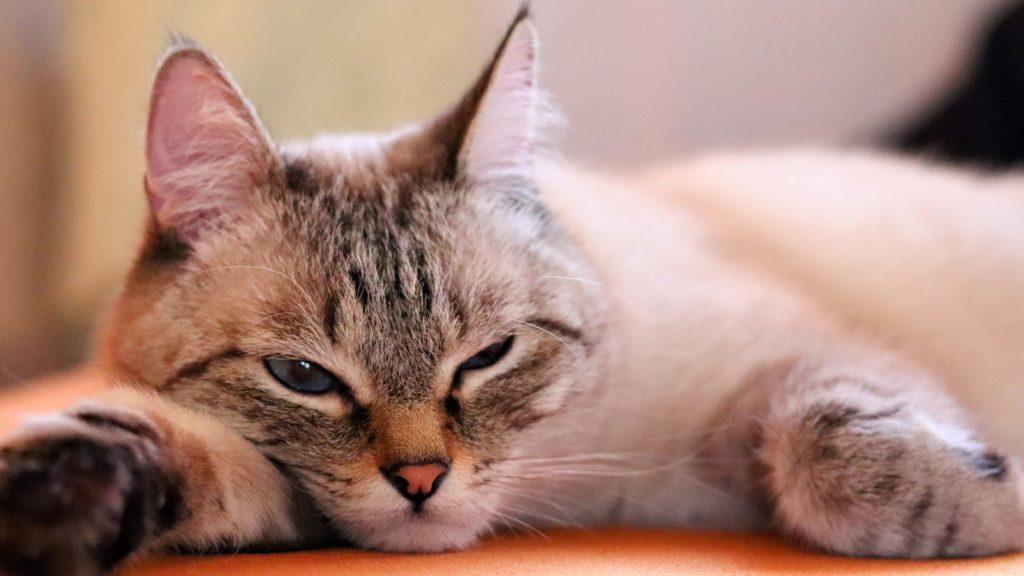
Photo: bigstock.com/grafikerin7
How Hyperthyroidism in Cats is Treated:
The goal of treatment is to bring the thyroid hormone back to normal levels. There are four main ways to achieve this.
1- Surgery
A veterinarian can surgically remove the thyroid gland in a procedure called a thyroidectomy. The parathyroid gland, which controls the body’s calcium levels, is closely associated with the thyroid gland and is easily disrupted or removed during surgery. Thyroidectomy was the only method of treatment available for decades before the other methods were developed. The risks of this procedure include disrupting/removing the parathyroid gland, and recurrence of the disease. Calcium levels are checked 3-5 days postoperatively to evaluate the parathyroid glands. Thyroid hormone blood work is rechecked every 6-12 months.
2- Daily Medication
Daily medication can be given to control thyroid disease. The most common medication is called Methimazole. This can be given as a pill, compounded in to treat or flavored liquid to be given orally or formulated into a transdermal medication that is applied to the non-haired portion of your cat’s ear. For cats treated with this medication require monitoring to see how the body is responding initially, and then over time. It is common for the dose to be adjusted regularly. Initially, your veterinarian will need to recheck the blood work 2-3 weeks after starting medication, and then every 2-3 weeks until your cat’s thyroid is in a safe zone. Your veterinarian will need to check thyroid levels every 3-6 months indefinitely to make adjustments over time.
3- Dietary Management
The thyroid gland requires iodine to make T4. Iodine is found in almost all foods. A prescription diet has been created that restricts iodine to a level where the body can not make excess hormones. When cats eat this and only this food, their thyroid will not make too much hormone. Cats treated with dietary management will need their levels checked 4-8 weeks after starting the diet. Care needs to be taken that your cat does not get any other food or treats.
4- Radioactive Iodine
Radioactive iodine is considered the gold standard to treat feline hyperthyroidism. Your cat will be admitted to the hospital and given a simple injection of I131, a radioactive isotope that specifically destroys the thyroid tissue. Cats need to be isolated in the hospital for a few days to a few weeks, depending on the state regulation, because they will excrete the radioactive iodine in their urine. When your cat is safe to go home, he/she should not require any further treatment. 90% of all cats treated with I131 are free of the disease after one treatment. The thyroid hormone is checked two weeks after the procedure.
How Will You Choose The Best Treatment For Your Cat?
You and your veterinarian will discuss the treatment options for your cat. Your cat may have other diseases or behavior issues that make one treatment better than another. Additionally, your budget may impact your choice. Medication and diet are cheaper in the short run, but require regular monitoring with blood tests. I131 is more expensive in the short run, but typically is cheaper in the long run.
With good monitoring, proper treatment and care of concurrent disease, hyperthyroid disease is typically very treatable in cats.
Wags and Purrs,
Dr. Liz Bales

Dr. Bales’ favorite quote reflects her love and compassion for animals: “When a human dies there is a bridge they must cross to enter into Heaven. At the head of the bridge waits every animal that human encountered during their lifetime. The animals, based on what they know of this person, decide which humans may cross the bridge…and which are turned away.” With this in mind, Dr. Bales tries to live every day by her grandfather’s advice: “These days are precious. Don’t waste them.”
Join the newsletter and never miss out on cat content again!
"*" indicates required fields
By clicking the arrow, you agree to our web Terms of Use and Privacy & Cookie Policy. Easy unsubscribe links are provided in every email.





